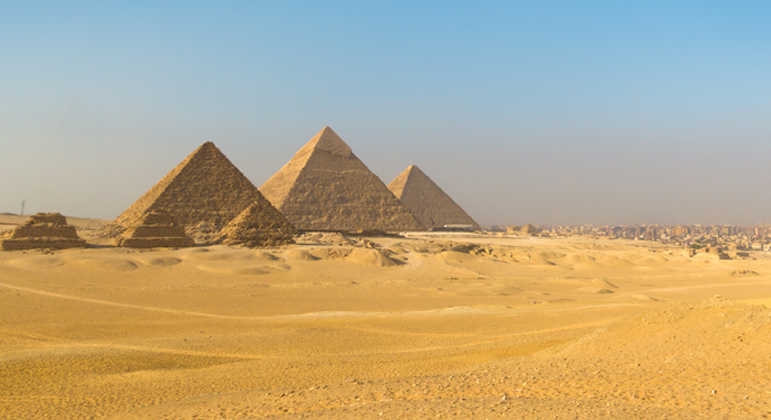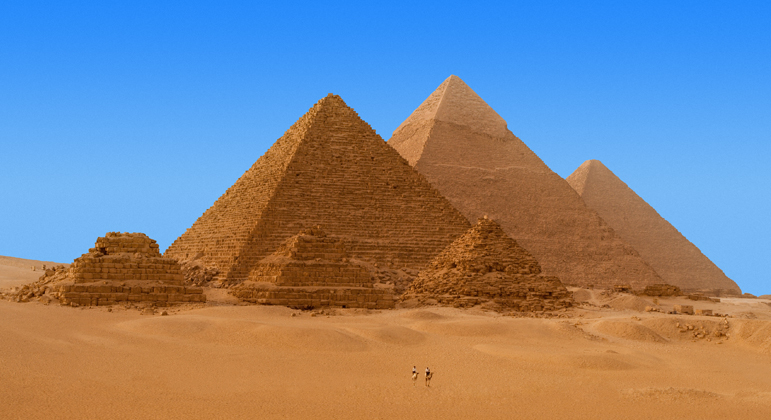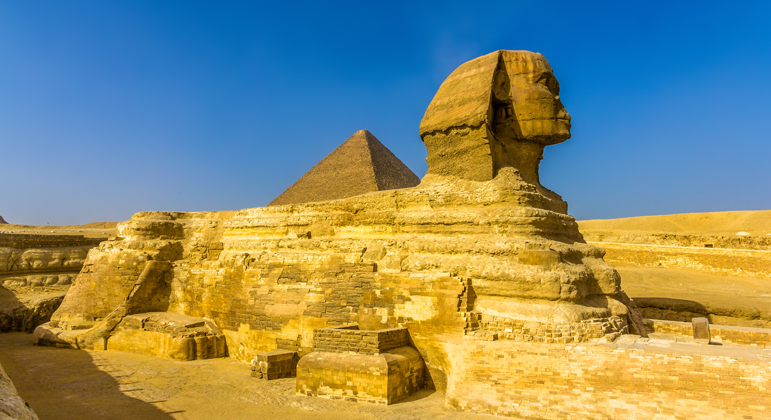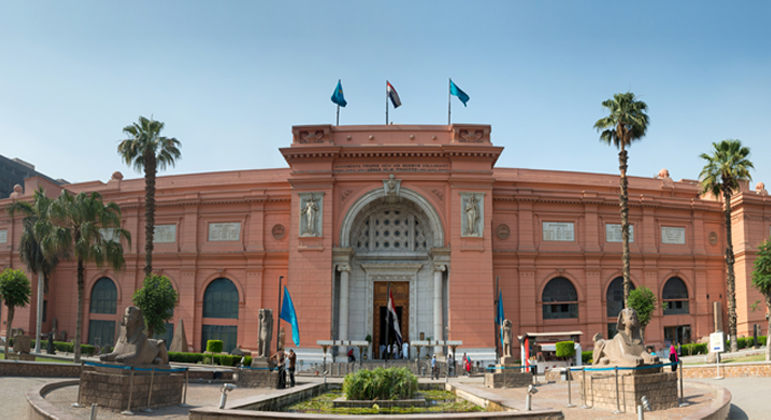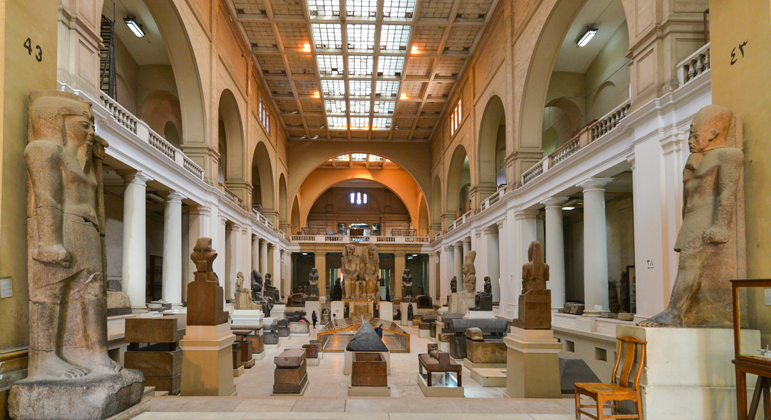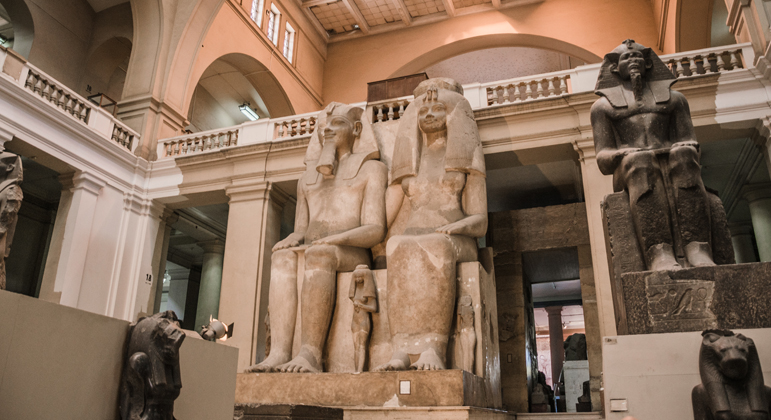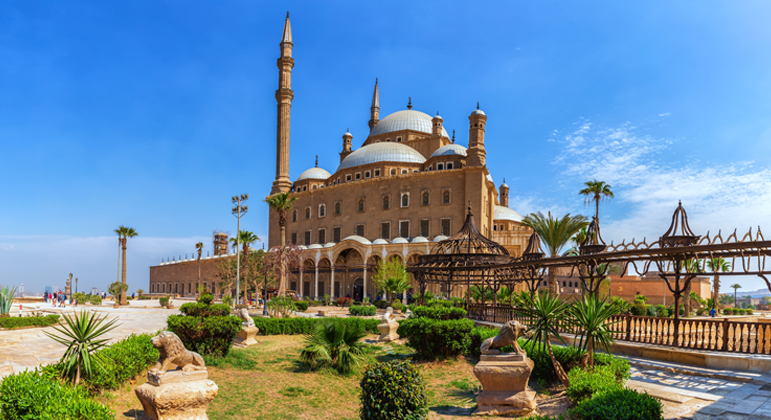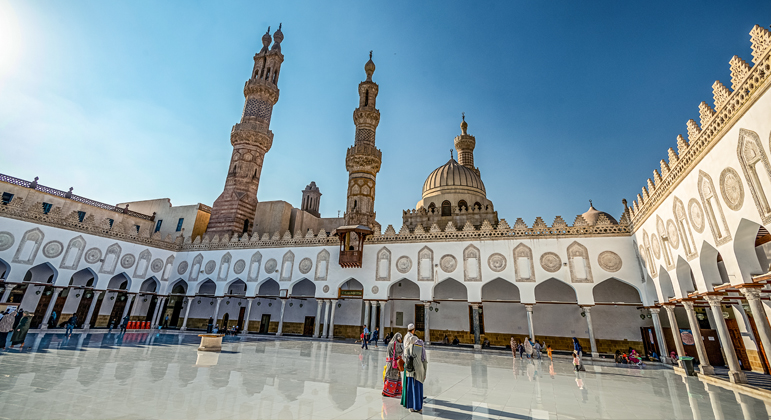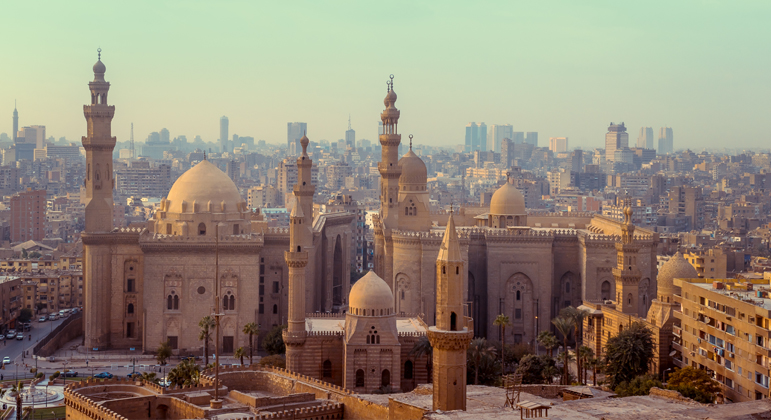Ancient Marvels, Modern Verve
Celestyal’s Three Continents itinerary is an epic journey by sea to the iconic cultural highlights of Europe, Asia and Africa in just seven nights. Your exploration of Cairo, the crossroads of the Middle East, begins at Port Said on Egypt’s Mediterranean coast. Port Said grew up to serve the Suez Canal, itself considered a divider between Africa and Asia, and while its foundation in 1859 makes it a relative newcomer in this part of the world, the port retains many old houses with original balconies and exudes a worldly seaside atmosphere. By contrast, Cairo is at once ancient and crackling with contemporary Arabian energy, a mystery to most visitors but to Egyptians, simply Umm Ad Dunya—the Mother of the World. With around 22 million inhabitants today, the sprawling Egyptian capital was founded as a royal city of the Fatimid Caliphate in 969 AD and today is a magnificent medley of historic mosques and modern skyscrapers, enchanting bazaars and car horns blaring around a mad tangle of streets, including avenues still redolent of 19th-century Belle Epoque elegance and well-preserved medieval byways flanked by Fatimid and Mamlgb monuments. Then of course there are the Pharaonic monuments, chief among which are the Pyramids at Giza that was built some 4,500 years ago. Just west of Cairo proper, the largest of the complex of pyramids, is the iconic Great Pyramid of Giza, and the oldest of the Seven Wonders of the Ancient World. But with a rich cultural tapestry and breathtakingly modern verve, the metropolis of Cairo itself is something of a wonder, too.

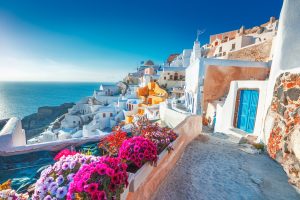 Santorini
Santorini 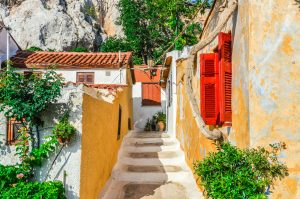 Athens
Athens  Patmos
Patmos  Istanbul
Istanbul 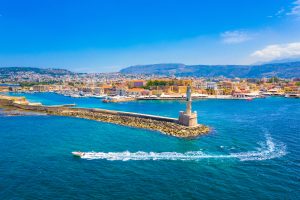 Crete
Crete 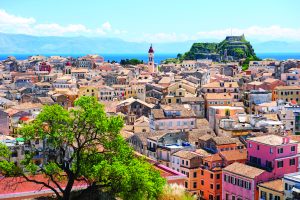 Corfu
Corfu 







 Deutschland (€)
Deutschland (€)
 Turkey (€)
Turkey (€)
